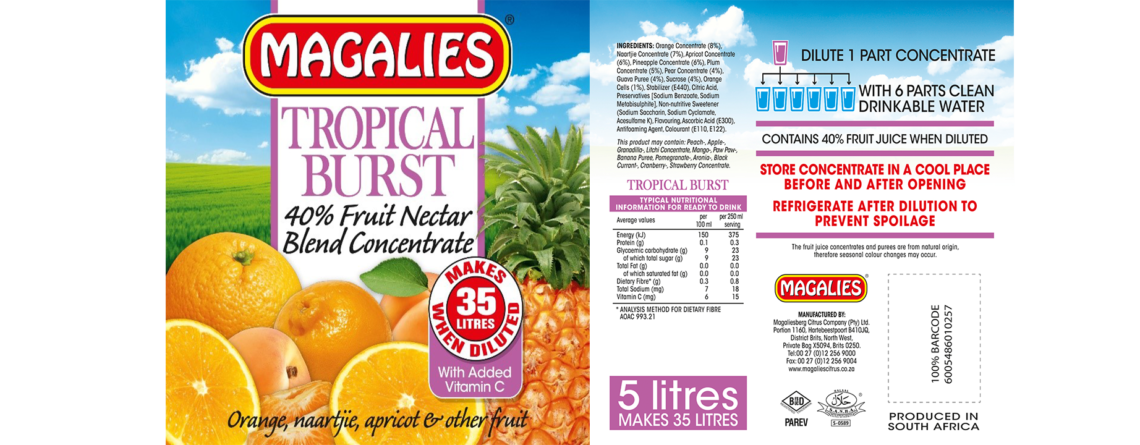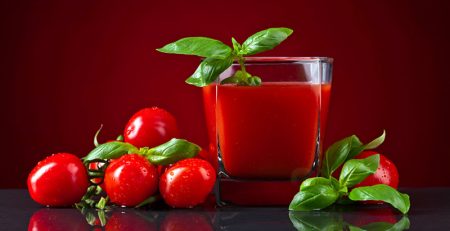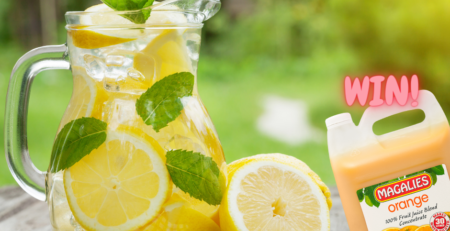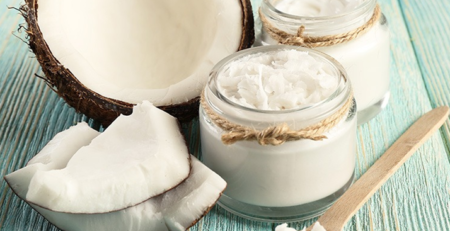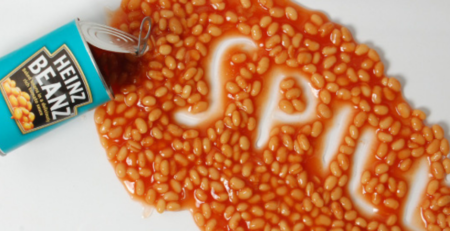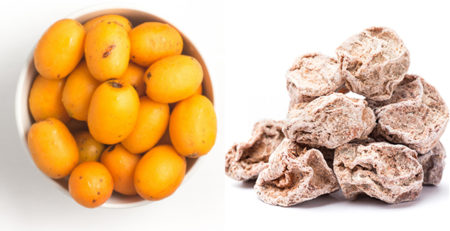How to Read Foodstuff Labels: Ingredient List and Nutritional Information Table
by Dr. Marli Botha
You know how books have a table of contents that explains what’s inside? Or maybe you have a toy that came with a diagram that identified each small piece. An Ingredient List and Nutritional Information Table are very similar. They tell you what’s exactly inside the food you’re eating and list its parts and quantities. So what is really in the food you are eating? Have you ever taken the time to look? Being familiar with ingredient lists is especially important for individuals with food allergies.
The Ingredient List contains the ingredients listed in order of weight or volume, with the largest quantity first. This means that a food contains more of the ingredients found at the beginning of the list, and less of the ingredients at the end of the list. Therefore, if the ingredients that you are trying to consume less of are at the beginning of the list, you may want to find a more suitable alternative.
QUID stands for Quantitative Ingredient Declaration. This means that the product contains the quantity, in percentage, of an ingredient or category of ingredients used in the recipe of a product.
The Nutritional Information Table provides information about the energy and nutrients that a product contains. Most nutrients are measured in grams, also written as g.
Some nutrients are measured in milligrams, or mg. Milligrams are very tiny — there are 1,000 milligrams in 1 gram. The key elements to look for in this table are the energy, protein, carbohydrates, total sugar, fats, fibre and sodium content. The information is usually presented per 100g or 100ml as well as per the recommended serving. The best way to decide if a product is suitable for you, is to evaluate the nutrients per 100g or 100ml. When comparing products, the same rule applies, look at the 100g or 100ml information when trying to decide what product is the better choice for your nutritional needs.
Guideline Daily Amounts (GDA’s) is a labelling guide to help you make informed choices about the food you eat. It gives an overview of the percentage of energy and key nutrients that are in a product per serving. They refer to the percentage of energy and key nutrients in a product per serving, that contributes to your estimated daily nutrient intake. It indicates how much energy, fat, saturated fat, sugar and salt/sodium is in the product and how these nutrients contribute to an overall balanced diet.
Nutrient Reference Value (NRV’s) is a set of values for vitamins and minerals for the purposes of food labelling and guidance levels on the daily amount that the average healthy person needs in order to prevent deficiency. Foodstuff labels list the given proportion of the NRV value (% NRV) that is contained within the foodstuff e.g. vitamin C, 100mg, 100% NRV (as per Annex 3 of the R146 food regulation).
This article was compiled by Dr Marli Botha with the intention to inform and educate the public. All relevant contributing information is based on the regulations of March 2010 (R146) as well as the published R429 draft of the regulations as a guideline for those issues are not covered by R146.

